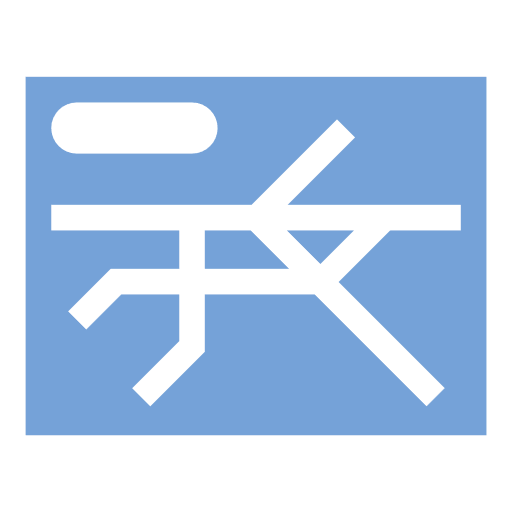

There are various breakdowns of instructional content, but it usually follows a hierarchy such as this:
Curriculum: This is the overarching plan for what students will learn in a particular educational program or institution. It outlines the scope and sequence of content, skills, and assessments across multiple subjects or disciplines. Curriculum development involves designing the structure, content, and assessments to meet educational goals and standards.
Course: A course is a specific unit of study within a curriculum. It focuses on a particular subject or topic and typically lasts for a defined period, such as a semester or a year. Courses may have their own objectives, content, resources, and assessments, all aligned with the broader curriculum.
Lesson: A lesson is a single instructional session within a course. It is a short-term teaching unit that typically lasts from one class period to several class periods. Lessons are designed to achieve specific learning objectives and may involve various teaching methods, activities, and assessments.
Unit/Module: Units or modules are larger divisions within a course that group together related lessons or topics. They provide a structured framework for organizing the content and activities of the course. Units/modules often have their own objectives, themes, and assessments, and they help to guide students through a coherent sequence of learning experiences.
Page – collection of learning elements, such as text, images, videos, simulations, etc.
The structure of the curriculum may be further optimized to support a learning pattern of Acquisition, Fluency, Generalization, and Adaptation, that is, learn to crawl before walking or running.